Instruction
Keys to finding the right angle of attack in a bunker
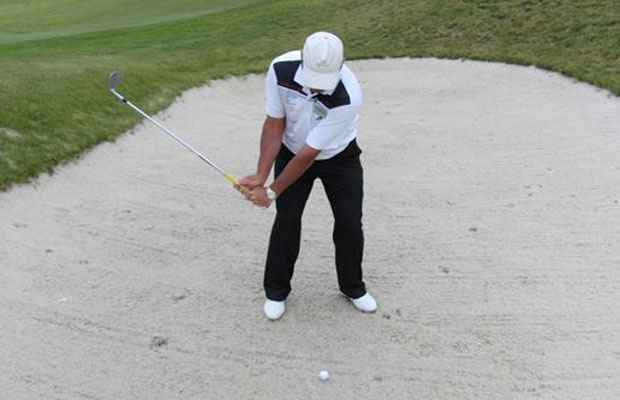
Thwack — that’s the sound of the ball coming out of the bunker at ankle high and moving at Mach One over the green — what a great feeling! If I had a dollar for every shot like this I’ve seen (or hit personally), I’d be rich.
Bunkers scare average golfers like no other shot in golf because they really don’t understand what has to happen in order to hit good bunker shots. It’s this enigma that makes people reluctant to practice out of the bunker, and their lack of practice time only makes things worse. However, if you learn what things cause what type of shots I promise you will become a better bunker player.
In my opinion there are three keys that you must master in order to get out of the bunker time after time: spinal tilt, wrist hinge and “getting the snakes.”
Spinal Tilt
The lateral bending of your spin influences your low point — where the club impacts the sand. So if you tend to have your spine leaning too far to the right at address you will find that it is almost impossible to only hit a few inches behind the ball.
Excessive spinal tilt leads to impact points that are way too far behind the ball, which leads to shots staying in the bunker. I’d suggest a centered spine at address, one that is not leaning right or left. This will help you control your low point a better and hopefully you will impact the ground in the same place time after time.
Wrist Hinge
The hinging of the wrists controls your “angle of attack,” which is how shallow or steeply you come into impact. It’s this AoA that helps you get down to the ball in a funky lie or skim just a touch under the ball for a soft, controlled bunker shot.
The more you hinge your wrists, the steeper the club will return into the ball. Getting steeper (as shown in the photo above) allows you to get the ball on to the green softer when it’s in those “down” lies, and also helps you not to skull the ball over the green. If you wrist hinge is too steep, you will find that you can dig down too much into the sand and leave the ball in the bunker. But too little wrist hinge (as shown in the photo below) is also a problem. The lie you have will dictate the amount of hinge needed to get down to the golf ball; the worse the lie the more hinge you need.
Conversely the other type of issue that can arise from wrist hinge is having too little. Whenever you have a lack of wrist hinge, you will come into the ball on a very shallow angle. While having a shallow angle of attack is OK most of the time, it can be a problem for the players who tend to “back up” or “fall back” through impact causing fat and thin shots. However, if you have a good pivot motion, having a more shallow AOA will give you better control around the greens with all other things being equal.
Getting the Snakes
The last key to your bunker play is to control the “low point,” or where the club enters and leaves the sand by using the snake drill. Draw two lines in the bunker (perpendicular to your target) as shown above, place the ball in the middle of the lines and make your swing. You should take both lines out with a full finish. If you hit behind the first line you will tend to leave shots in the bunker. If you only hit the line closest to the target you will tend to hit thin shots.
In a perfect world, you want all your divots to begin on the first line and end on the second line. This ensures consistent contact and consistent bunker shots if you also control your angle of attack.
So remember the key to bunker shots are the following points:
- Centered spine at address.
- Hinge wrists on the way to the top.
- Get both snakes out of the bunker with a full finish.
If you have any other questions regarding bunker play see my Youtube channel playlist on bunker play.
- LIKE7
- LEGIT0
- WOW0
- LOL0
- IDHT0
- FLOP0
- OB0
- SHANK0
Instruction
Clement: Laid-off or perfect fade? Across-the-line or perfect draw?

Some call the image on the left laid off, but if you are hitting a fade, this could be a perfect backswing for it! Same for across the line for a draw! Stop racking your brain with perceived mistakes and simply match backswing to shot shape!
- LIKE0
- LEGIT0
- WOW0
- LOL0
- IDHT0
- FLOP0
- OB0
- SHANK1
Instruction
The Wedge Guy: The easiest-to-learn golf basic

My golf learning began with this simple fact – if you don’t have a fundamentally sound hold on the golf club, it is practically impossible for your body to execute a fundamentally sound golf swing. I’m still a big believer that the golf swing is much easier to execute if you begin with the proper hold on the club.
As you might imagine, I come into contact with hundreds of golfers of all skill levels. And it is very rare to see a good player with a bad hold on the golf club. There are some exceptions, for sure, but they are very few and very far between, and they typically have beat so many balls with their poor grip that they’ve found a way to work around it.
The reality of biophysics is that the body moves only in certain ways – and the particulars of the way you hold the golf club can totally prevent a sound swing motion that allows the club to release properly through the impact zone. The wonderful thing is that anyone can learn how to put a fundamentally sound hold on the golf club, and you can practice it anywhere your hands are not otherwise engaged, like watching TV or just sitting and relaxing.
Whether you prefer an overlap, interlock or full-finger (not baseball!) grip on the club, the same fundamentals apply. Here are the major grip faults I see most often, in the order of the frequency:
Mis-aligned hands
By this I mean that the palms of the two hands are not parallel to each other. Too many golfers have a weak left hand and strong right, or vice versa. The easiest way to learn how to hold the club with your palms aligned properly is to grip a plain wooden ruler or yardstick. It forces the hands to align properly and shows you how that feels. If you grip and re-grip a yardstick several times, then grip a club, you’ll see that the learning curve is almost immediate.
The position of the grip in the upper/left hand
I also observe many golfers who have the butt of the grip too far into the heel pad of the upper hand (the left hand for right-handed players). It’s amazing how much easier it is to release the club through the ball if even 1/4-1/2″ of the butt is beyond the left heel pad. Try this yourself to see what I mean. Swing the club freely with just your left hand and notice the difference in its release from when you hold it at the end of the grip, versus gripping down even a half inch.
To help you really understand how this works, go to the range and hit shots with your five-iron gripped down a full inch to make the club the same length as your seven-iron. You will probably see an amazing shot shape difference, and likely not see as much distance loss as you would expect.
Too much lower (right) hand on the club
It seems like almost all golfers of 8-10 handicap or higher have the club too far into the palm of the lower hand, because that feels “good” if you are trying to control the path of the clubhead to the ball. But the golf swing is not an effort to hit at the ball – it is a swing of the club. The proper hold on the club has the grip underneath the pad at the base of the fingers. This will likely feel “weak” to you — like you cannot control the club like that. EXACTLY. You should not be trying to control the club with your lower/master hand.
Gripping too tightly
Nearly all golfers hold the club too tightly, which tenses up the forearms and prevents a proper release of the club through impact. In order for the club to move back and through properly, you must feel that the club is controlled by the last three fingers of the upper hand, and the middle two fingers of the lower hand. If you engage your thumbs and forefingers in “holding” the club, the result will almost always be a grip that is too tight. Try this for yourself. Hold the club in your upper hand only, and squeeze firmly with just the last three fingers, with the forefinger and thumb off the club entirely. You have good control, but your forearms are not tense. Then begin to squeeze down with your thumb and forefinger and observe the tensing of the entire forearm. This is the way we are made, so the key to preventing tenseness in the arms is to hold the club very lightly with the “pinchers” — the thumbs and forefingers.
So, those are what I believe are the four fundamentals of a good grip. Anyone can learn them in their home or office very quickly. There is no easier way to improve your ball striking consistency and add distance than giving more attention to the way you hold the golf club.
More from the Wedge Guy
- The Wedge Guy: Golf mastery begins with your wedge game
- The Wedge Guy: Why golf is 20 times harder than brain surgery
- The Wedge Guy: Musings on the golf ball rollback
- LIKE88
- LEGIT14
- WOW6
- LOL1
- IDHT0
- FLOP4
- OB1
- SHANK8
Instruction
Clement: Stop ripping off your swing with this drill!

Not the dreaded headcover under the armpit drill! As if your body is defective and can’t function by itself! Have you seen how incredible the human machine is with all the incredible feats of agility all kinds of athletes are accomplishing? You think your body is so defective (the good Lord is laughing his head off at you) that it needs a headcover tucked under the armpit so you can swing like T-Rex?
- LIKE0
- LEGIT3
- WOW2
- LOL0
- IDHT0
- FLOP0
- OB0
- SHANK2
-

 19th Hole1 week ago
19th Hole1 week agoJustin Thomas on the equipment choice of Scottie Scheffler that he thinks is ‘weird’
-

 19th Hole1 week ago
19th Hole1 week ago‘Absolutely crazy’ – Major champ lays into Patrick Cantlay over his decision on final hole of RBC Heritage
-

 19th Hole2 weeks ago
19th Hole2 weeks agoTwo star names reportedly blanked Jon Rahm all week at the Masters
-

 19th Hole2 weeks ago
19th Hole2 weeks agoReport: LIV Golf identifies latest star name they hope to sign to breakaway tour
-

 19th Hole2 weeks ago
19th Hole2 weeks agoNeal Shipley presser ends in awkward fashion after reporter claims Tiger handed him note on 8th fairway
-

 19th Hole2 weeks ago
19th Hole2 weeks agoBrandel Chamblee has ‘no doubt’ who started the McIlroy/LIV rumor and why
-

 Equipment3 weeks ago
Equipment3 weeks agoWhat we know about Bryson DeChambeau’s 3D-printed Avoda irons
-

 19th Hole5 days ago
19th Hole5 days agoLET pro gives detailed financial breakdown of first week on tour…and the net result may shock you

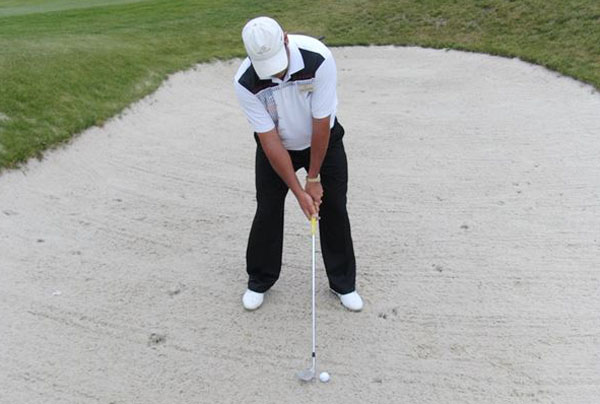
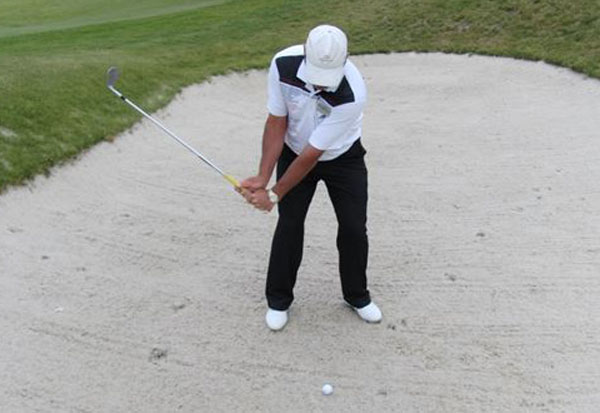
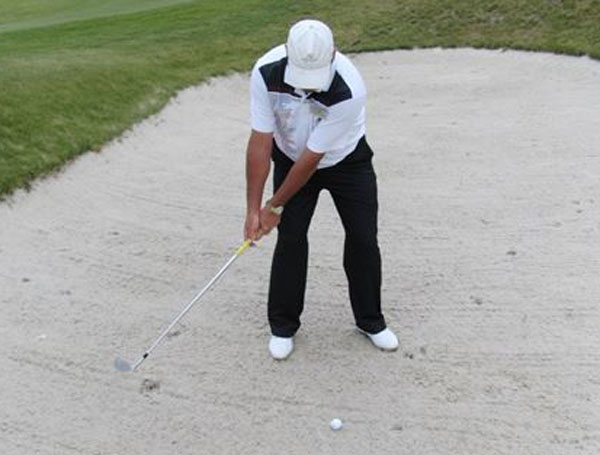
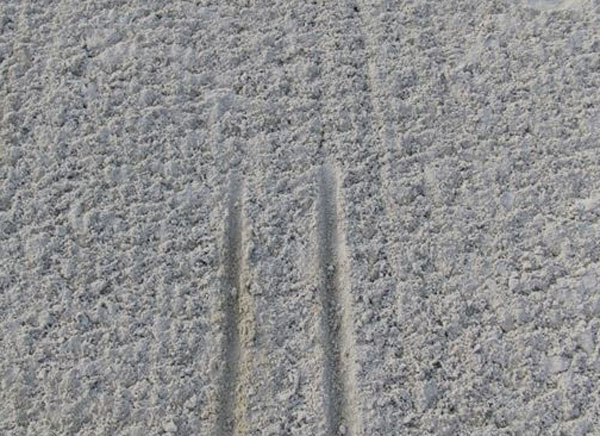

















Roger
Feb 22, 2014 at 1:33 pm
Tom, thanks for a great article.
I was getting the Spine Tilt wrong and Not enough Wrist Hinge.
Yesterdays bunker shots, 30m long one perfect
and the Tuff 60 degree high over the Lip to the Down hill Pin
worked with renewed accuracy and boosted confidence a lot!
Thanks !
Tom Stickney
Feb 22, 2014 at 10:09 pm
Appreciate it. Now stay out of the bunkers! 🙂
Anthony
Feb 19, 2014 at 2:07 am
Hey Tom,
Totally agree but if I may add 1 thing that I find is a big help with the average amateurs inconsistency is the amount that they tend to sway when attempting to get out of bunkers. I teach all the things you mentioned above but include the philosophy of being as calm in the lower body as possible to create maximum consistency. Also the relaxed hands, wrists and arms allows the hinge to happen more naturally.
Nice article,
Regards,
Anthony.
Tom Stickney
Feb 19, 2014 at 9:58 am
Spot on sir!
Andrew
Feb 18, 2014 at 12:28 pm
How far apart should the “two snakes” be?
Tom Stickney
Feb 18, 2014 at 1:39 pm
2-3 inches before and after ball